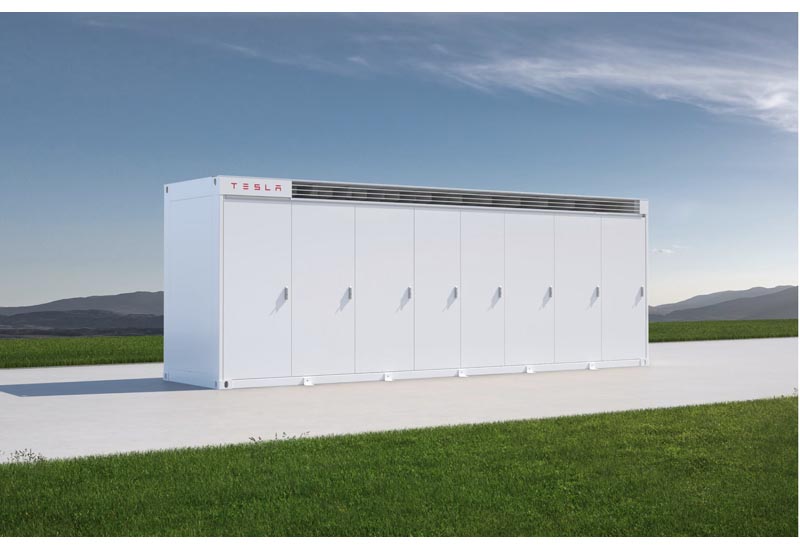Tesla is showing no signs of slowing down its renewable energy blitz in Australia, from Reneweconomy reported, a massive $448 million Megapack deal to supersize the Stanwell battery in Queensland, making it the biggest battery installation in the entire state.
The Stanwell project was already a sizable 150MW/590MWh battery installation courtesy of Tesla’s Megapack units, new multi-million dollar contract will see its output effectively quadrupled to a mammoth 300MW/1,200MWh capacity.
Once complete, it will be one of the largest battery systems on the planet powered by Tesla’s scalable Megapack energy storage solution. The total project cost now rings in at an eye-watering $747 million.
The supersized Stanwell battery deal is just the latest win for Tesla’s rapidly growing energy division in the land down under. In the past year alone, the company has racked up a staggering $3 billion in confirmed Megapack orders from Australia – a country that accounts for a minuscule 0.3% of the global population.
That $3 billion figure may just be the tip of the iceberg, with potentially billions more in unannounced Australian contracts. As one Queensland official noted, the transition to renewable energy is in “full force,” and Tesla is capitalizing on the widespread storage needs.
“By doubling the size of this battery, we’ll ensure that Central Queensland will have reliable, long lasting renewable energy for decades to come,” said State Energy Minister Mick de Brenni. He added that the mega-project will be an economic boon by creating local jobs.
While much of the focus remains on Tesla’s electric vehicle business, the company’s energy storage products could prove to be an ace in the hole over the long-term. As more regions pivot to renewable sources, Tesla’s lineup of scalable Megapacks and residential Powerwalls will be in high demand to buffer intermittent solar and wind generation.
